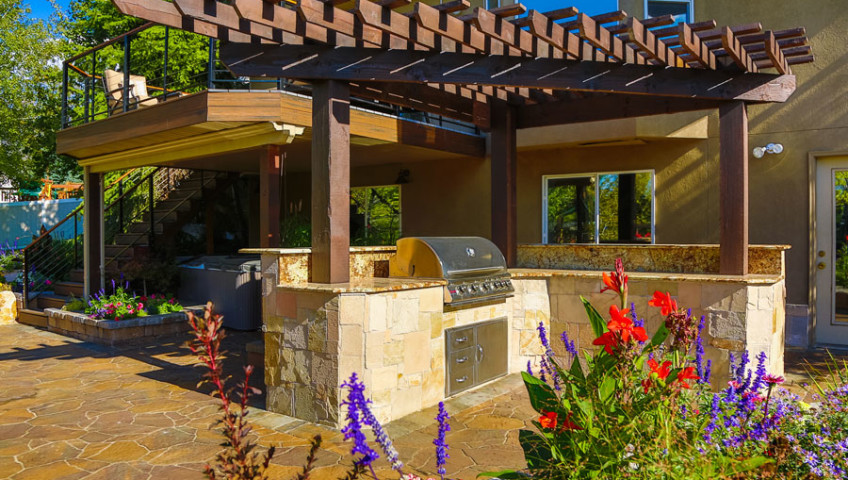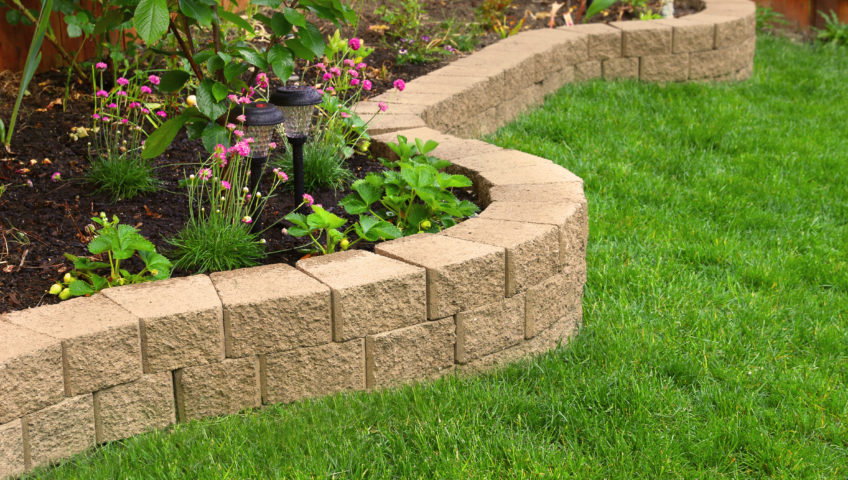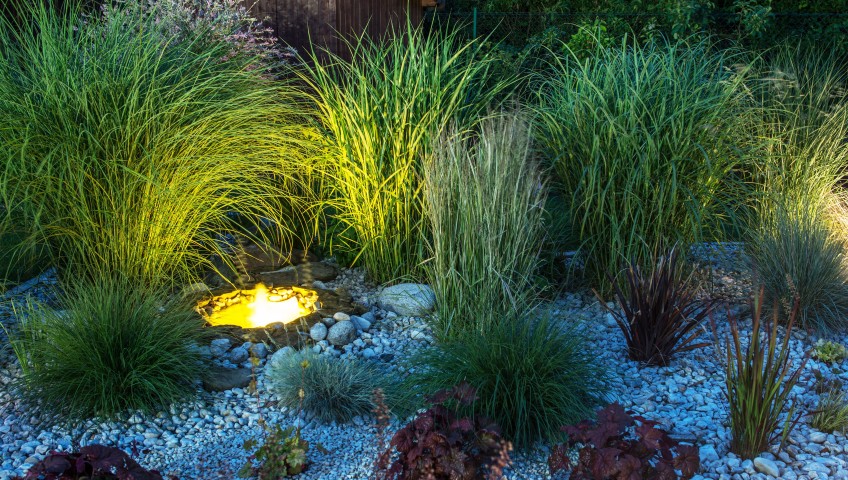
Using Pavers in Your Landscaping
Want to turn your boring landscape into something more elegant? Landscaping pavers are just the components that you need.
Landscaping pavers are less expensive than stone, more vibrant than brick, and more appealing than asphalt and are a fantastic way to make your front or backyard an expansion of your home’s interior.
Your local landscaping services should be able to aid you in making your property the envy of your neighborhood.
Here we will talk discuss the types of pavers and where to use them.
Types of Pavers
Pavers might come in multiple different colors and textures, but there are just two basic types: interlocking and architectural slab. Both types include gravel, sand, cement, and water; consistency and stability depends on the construction process.
Interlocking pavers are usually used for heavy traffic areas, such as driveways and patios. They are made with a harder concrete mix, have uniform spacers, and are thicker.
Architectural slab pavers offer an appealing look and are made with wet concrete. They do not have spacers and are made to look like stone of brick. These pavers are thinner and are more vulnerable to freeze-thaw cycles and more likely to crack.
Where to Use Pavers
The uses for pavers are only reduced by your imagination. A paver driveway provides a friendly look to guests when they arrive and escalates your curb appeal.
With the variety of textures and colors available, there are infinite options to design a customized setting with a walkway, patio, or even an outdoor kitchen and entertainment area.
Pavers are also perfect for an enhancing accent around an in-ground pool.
You could use them to draw out other features of your estate as well, such as flowerbeds, bushes, and tress. Planting beautiful flowers close to a winding walkway makes for fascinating focal points that you and your guests can appreciate.
If you put your mind to it, you will find all kinds of great ways to use paves in your landscaping. Your yard may even become the envy of the neighborhood.









